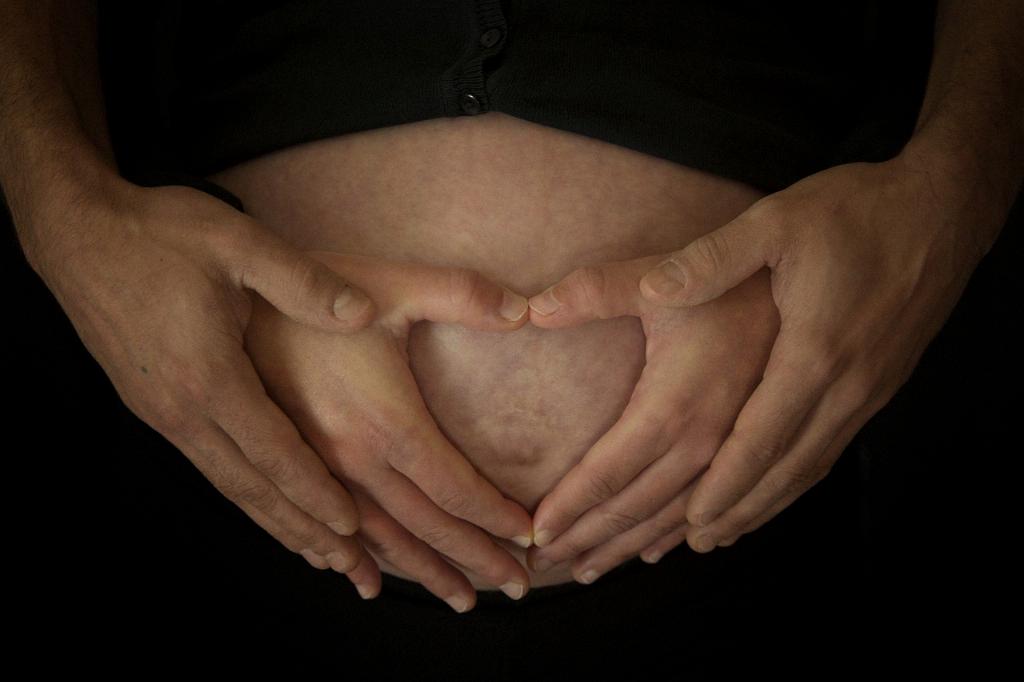When it comes to understanding the signs of pregnancy, one common indicator that often raises questions is the type of discharge a woman experiences before her period. It’s essential to recognize that every woman’s body is unique, and there can be variations in discharge patterns based on individual hormonal levels and menstrual cycles.
Normal Discharge Before Period
Before delving into the specifics about discharge and its relation to pregnancy, it’s crucial to understand the typical characteristics of discharge before a period. Normal discharge can vary in texture and color throughout a woman’s menstrual cycle. Around ovulation, there may be an increase in clear, stretchy discharge, which is considered normal and a sign of fertility.
White Discharge and Pregnancy
One of the signs that can indicate pregnancy is an increase in white discharge just before a woman’s expected period. This milky white discharge may be thicker than usual and could have a mild odor. The changes in hormonal levels during early pregnancy can lead to an increase in vaginal secretions, which may present as white discharge.
Clear Discharge Before Period
Clear discharge before a period can also be a potential indicator of pregnancy. This type of discharge may be watery and without a noticeable odor. The increase in clear discharge can be attributed to hormonal changes that occur after conception. It’s essential to pay attention to any changes in discharge consistency and volume.
Yellow or Green Discharge
On the other hand, yellow or green discharge before a period may not necessarily indicate pregnancy. These colors can be signs of infection, such as bacterial vaginosis or a sexually transmitted infection. If you notice abnormal colored discharge along with other symptoms like itching or burning, it’s crucial to consult a healthcare provider for evaluation and treatment.
Spotting Before Period
Some women may experience spotting instead of typical discharge before their period. Light pink or brown spotting can occur due to implantation bleeding, which is one of the early signs of pregnancy. This light bleeding may be mistaken for the start of a period but is usually lighter in flow and shorter in duration.
Changes in Discharge Consistency
Aside from color, changes in the consistency of discharge can also provide insights into a possible pregnancy. While some women may notice thicker discharge, others may experience a more watery texture. These alterations can be attributed to hormonal shifts that occur during conception and the early stages of pregnancy.
Consulting a Healthcare Provider
If you have concerns about the type of discharge you are experiencing before your period and suspect you may be pregnant, it’s advisable to consult a healthcare provider for confirmation. A healthcare professional can perform a pregnancy test and provide guidance on monitoring your symptoms and overall reproductive health.
Keeping Track of Symptoms
Keeping a record of your menstrual cycle and any changes in discharge can be beneficial in understanding your body’s patterns and potential signs of pregnancy. By noting variations in color, texture, and odor of discharge, you can provide valuable information to your healthcare provider for accurate assessment and diagnosis.
Final Thoughts
In conclusion, the type of discharge before a period can offer valuable insights into a woman’s reproductive health and potential pregnancy. While white and clear discharge may indicate early signs of pregnancy, it’s essential to consider various factors such as color, consistency, and accompanying symptoms. Monitoring changes in discharge and seeking medical advice when needed can help ensure timely intervention and support for your reproductive well-being.

